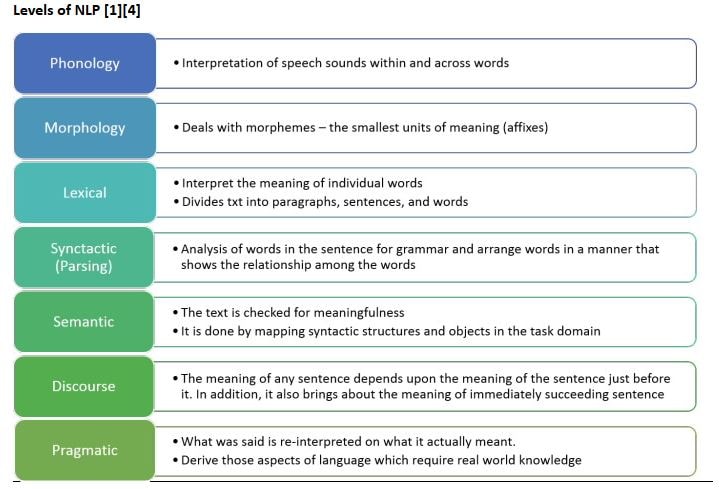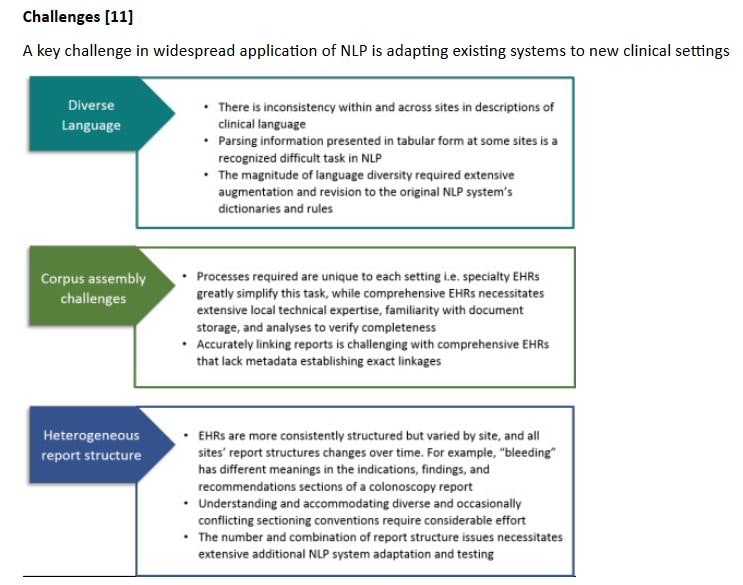
Natural Language Processing: A breakthrough technology in healthcare
Natural Language Processing is rapidly being adopted in the healthcare industry. As it has realized the potential of this cutting edge technology in streamlining the processes
 Natural Language Processing, popularly known as NLP, is the field of Artificial Intelligence which gives the computers the ability to understand, read, analyze and interpret the human language.
Natural Language Processing, popularly known as NLP, is the field of Artificial Intelligence which gives the computers the ability to understand, read, analyze and interpret the human language.
Image: Shutterstock
Have you ever tried to converse with a computer in the language you speak?
Sounds like a fascinating concept? Well, it is! Lately, there have been noteworthy discoveries in engaging computers to comprehend the language similarly as we do, well known as Natural Language Processing. However, It is anything but a simple errand training machines to see how we, humans convey.
What is Natural Language Processing?
Natural Language Processing, popularly known as NLP, is the field of Artificial Intelligence which gives the computers the ability to understand, read, analyze and interpret the human language. Simply put, it is the relation between the computers and human language. It has several sub-disciplines, including Natural Language Understanding (NLU), Natural Language Generation (NLG), and Natural Language Query (NLQ). Combining the intensity of Artificial Intelligence, computational phonetics, and computer science, NLP permits a machine to comprehend human language which only humans could possibly do, until now. It is viewed as a difficult issue in computer science due to the nature of human language, which makes it troublesome.
[This article has been reproduced with permission from Welingkar Institute of Management Development and Research (WeSchool)]











